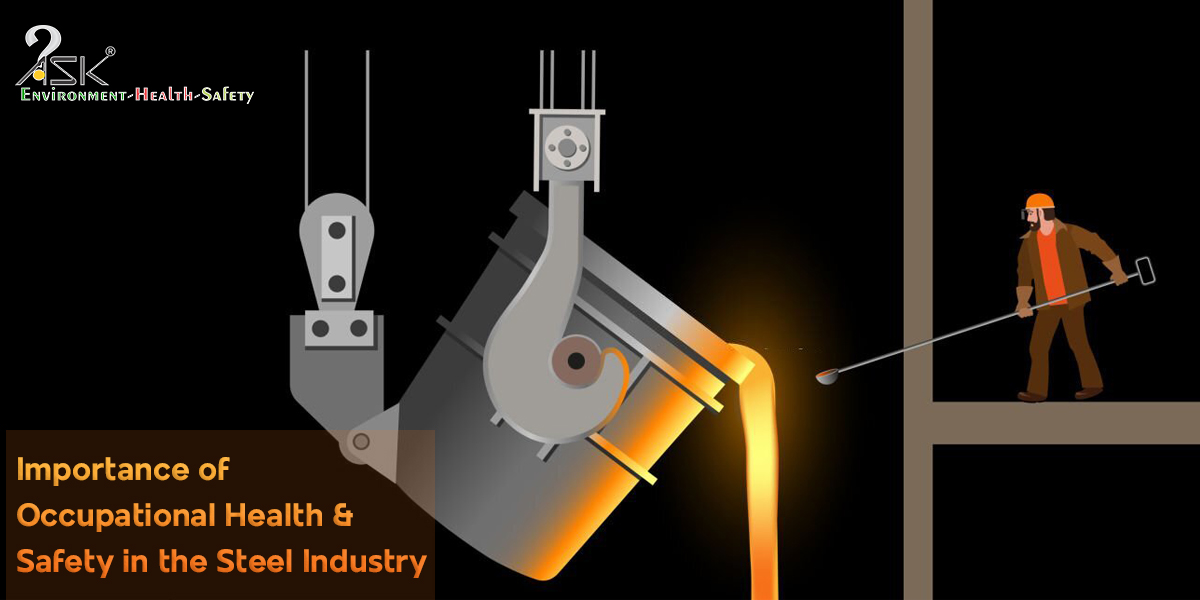Safety trainings for contractors

The title wouldn’t be on the radar if talked about, several years ago. The reason simply being, ‘to offer trainings to the temporary staff, is something that benefits them more, as compared to us.’ The justification given isn’t entirely false; permanent employees reap more fruits for the organization as they stay for longer periods and in case of contractors, it is more likely that the investment walks out the door and takes those skills to the next gig.
In any organization, it is not essential that it has all the resources in-house to accomplish every project, quality and quantity-wise. So, contractor work is more of a reality, if not an operational obligation. And, as the businesses thrive, the ownership of decision-making processes get escalated to the contractors as well, thus involving a larger audience. For this, it is vital that a contractor integrates with the client’s system, as it is a responsibility that cannot be side-stepped. Similarly, in safety, be it contractors or company’s internal resources, if the length and breadth of the mitigation practices do not match with the system’s hazards, the results can be devastating.
This reminds of a disaster that occurred in July 1988, the Piper Alpha oil rig (about 14000 tons and 2.5 times of Statue of Liberty), a major eye opener in safety cases. The gas condensate pump’s pressure safety valve was removed for maintenance, and the condensate pipe remained temporarily sealed with a blind flange due to incomplete work. The crew of the night shift was unaware of the maintenance being carried out on one of the pumps, so it turned on the alternate pump. Following this, the blind flange including firewalls failed to handle the pressure, leading to several explosions and deaths of 167 workers.
Here, Lockout Tagout (LOTO) and PTW wasn’t diligently followed. The contractor knew that the work was incomplete and instead of informing and discussing with the night shift operations manager, he left the permit form on his table. Additionally, both the permits weren’t linked and the night shift was unaware of the work status and resulted in a disaster.
Even a slight deviation in safety understandings can cause near-misses, severe injuries or worse. To avoid all of this, organizations can identify training pathways for the contractors where they familiarize them with the company’s branding, use of tools and safety methods, hazards and risks, compliances and safety practices. For some companies, regulation-wise, it is mandatory to provide trainings to be in the compliance framework.
But even if the trainings aren’t mandated, the time and efforts invested will prevent mistakes and act as guidance at every step.
When contractors smoothly blend with the work culture, it reduces the workplace friction and the divisiveness between the employees and the contractor staff
There are businesses that rely entirely on the contract employees, and for them, training programs are a good-fit. Safety-wise, they don’t just have to consider them, but ensure that the learnings reach correctly. Mere checking a box won’t do much good, as the adverse consequences may cost a company in the long-term.
Safety trainings must involve the importance of safe practices such as Lock-out Tag out, Permit-to-work, incident management, near-miss management, reporting practices etc. Every company aims for zero-casualty and to achieve this, it must ensure that each person at the facility works under safe conditions. The ROI for a company is much more than conformance. No matter how cozy or convenient a business relationship is, without some measure of OHS accountability, repeat errors can show up and cause deviations within the process.
Trainings can help subside such errors and lead to a more productive and cohesive workplace.


